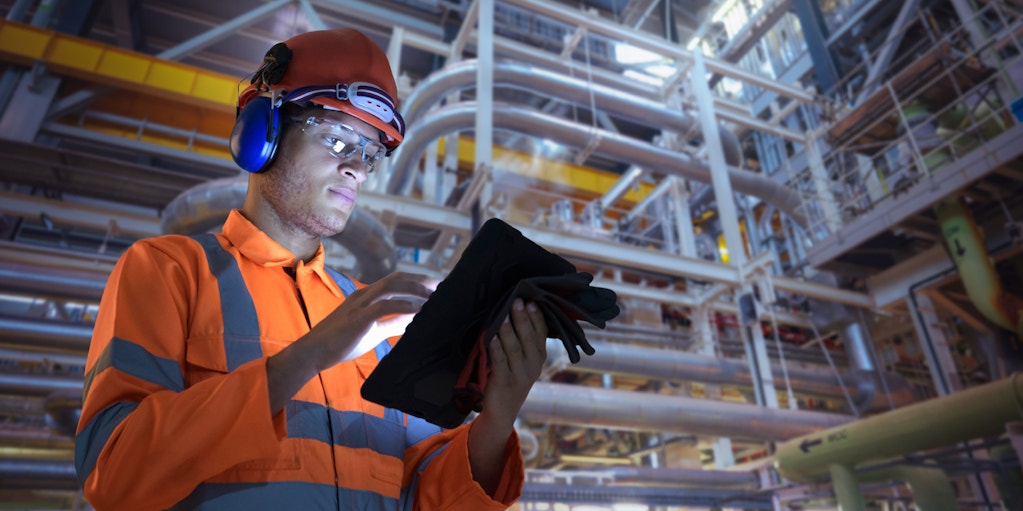
Nuclear operator
Using digital-twin technology to improve decision making
Tags
By providing a virtual replica of a physical asset, digital twin technology can drive value across business processes, systems and ecosystems by supporting optimisation and better business decision making. We enabled a nuclear operator to use digital twins to create an operational excellence machine, radically reducing costs across its site and contributing to its mission of reducing CO2 emissions.
Key successes
- Improved operational insight to ensure the operator could make the best decisions around how to use key resources, such as time, public funds, and talent
- Provided simulations that identify opportunities to reduce steam production by 30 per cent
- Empowered site operators to streamline processes to reduce cost and emissions waste, creating sustainable value
Process modelling enters the digital era
Digital-twin technology models people, products, processes, systems and places to help teams gain insights, identify gaps and faults, boost performance, codify new procedures, and to optimise operation, maintenance and servicing. Industries including aerospace, agriculture, healthcare, manufacturing and oil and gas all stand to benefit from this new approach. Similarly, smart building and smart city initiatives use digital twins to design for maximum efficiency.
We demonstrated digital-twin technology to a leading nuclear operator at enterprise level. The facility’s leadership wanted help planning a multi-generation project as efficiently as possible, while maintaining the site’s exceptional safety record.
Digital-twin technology has the potential to transform the nuclear operator from a project-driven organisation into one that is an operational and quality machine that continuously improves over time. Equally importantly, it will help the organisation capture and retain insights and skills from the world-class talent it has on-site that employees will be able to leverage for generations to come.
Taking an end-to-end approach to driving value
We brought together a diverse team of experts, including strategists, data scientists, behavioural economists, product managers and technologists. The team built a demo of the site’s steam production network in just six weeks, including sensors, systems, dashboards, digital-twin models and security. The technology not only replicates gaps and faults but also uses data science to infer the causes of faults that wouldn’t otherwise be obvious from the existing sensors. Digital twins enable the nuclear operator to:
- Use automation and AI to predict maintenance needs, moving towards condition based routines
- Identify and act on the areas of interdepartmental waste to deliver lower costs
- Work towards reducing nearly 100,000 tons of CO2 generated each year.
Our team was able to bring the value of digital twins to life to enable the nuclear operator to recognise the opportunities it could have on site. Rather than focus narrowly on optimising a single asset or connecting every single system, which increases costs and data management headaches, we demonstrated how to create value and drive adoption from an end-to-end process.
We’re currently executing a pilot project that uses digital twins to better understand the performance of the steam assets on site and remove some currently invisible energy losses. This initiative will protect workers from unnecessary exposures, help restore the environment and achieve the site purpose more cost-effectively.
Explore more





